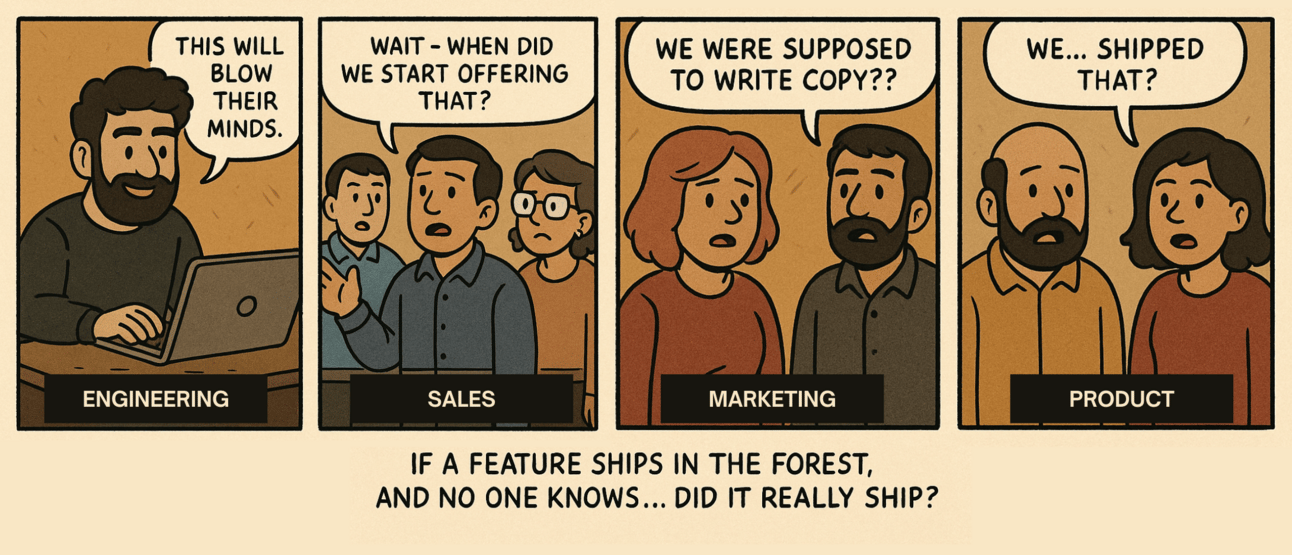- Ajay's Quest
- Posts
- Internal Confusion
Internal Confusion
The weird fog that slows companies down

If you’re running a company, there’s always a non-zero amount of internal confusion.
It’s rarely loud. Usually it’s just a weird fog that slows everything down.
It manifests as:
Slower execution
Work getting scrapped or redone
Polite head-nods that hide disagreement
People burning out and wondering, “Why am I even doing this?”
And yet—everyone’s working hard. They’re just not working together.

No matter how well you document things, how many meetings you have, or how much context you think you’re sharing—it never fully goes away.
Honestly, I had at least 10 internal confusion conversations just last week. That’s not an exaggeration.
At a certain scale, I’d argue confusion becomes your biggest bottleneck.
Not capital. Not talent. Just… people not being on the same page.
The 3 Flavors of Confusion
There are probably more, but these are the main ones I keep seeing over and over:
🧩 Role Confusion | 🎯 Goal Confusion | 🔄 Contextual Confusion |
|---|---|---|
Who owns this? | What are we aiming for? | What changed and who knows? |
Tasks are unclear or orphaned. Multiple people think someone else is responsible. | Everyone’s working, but their definitions of “success” don’t match. | Priorities or plans shift, but not everyone is looped in. People act on stale info. |
The Anti-Confusion Stack
You’ll never eliminate confusion entirely. But you can get ahead of it. Here’s what’s worked for me:
Area of Responsibility docs
Everyone writes down what they actually own. Forces clarity. We use a notion template internally.

1on1s & All Hands (Realignment)
One of the best ways to run a meeting is around realignment. At the very least, you want your direct reports triaging their tasks and prioritising effectively.
We keep things aligned with 3 simple rituals:
All Hands: All the “heads of” walk through what they’re working on—across both the company and growth orgs.
The goal is context. Even if you’re not directly involved, you should know what’s in motion.
1on1s: This is where real alignment happens. We go over:
What got done last week
What’s planned for this week
Any blockers, questions, or focus shifts
It’s also a good space for managing up and catching misalignment early.
Daily Standups (15 mins max): Each person quickly shares:
What they did yesterday
What they’re doing today
Any blockers
Fast, regular pulses to catch drift before it snowballs.
Call out the flux
Be honest when things are changing. Reassure the team it’s normal.
Set Clear Goals
Define success early and track it in the open.
People need to know what “good” looks like—and where they stand.
Confusion isn’t loud. But it’s expensive.
Before you throw more people or money at the problem—ask if everyone’s even clear on what they’re building.
Don’t work harder. Work clearer.
Until next time,
Ajay
What did you think of this email?You can be honest - I can take it. Help me - help you. |